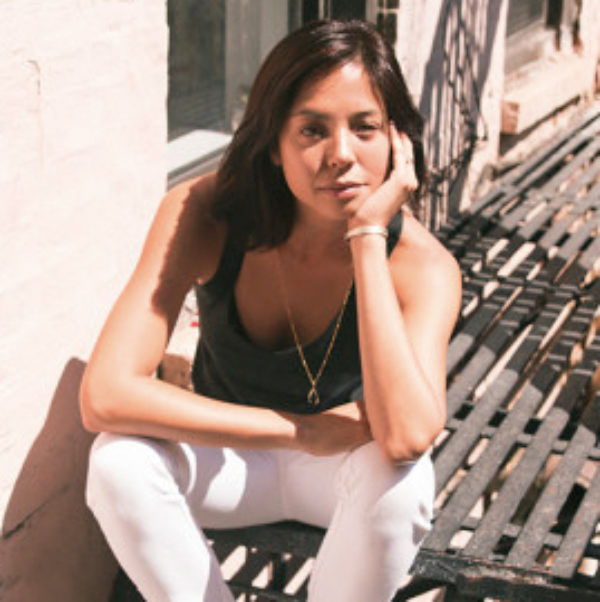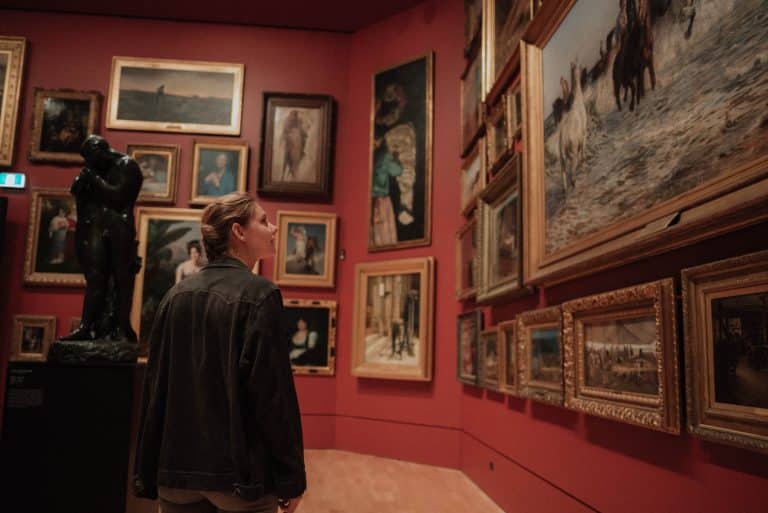Knowingly in the Unknown
When walking alone through the desert, I and many others who love that environment — the heat, the impressive rock formations pillaring into the sky or jutting below to create canyons of shapes and endless contours, the precisely splashed and mathematically placed colors, the solitude found in the vastness of time and space — experience an other that is powerful. A knowing, yet unknown knowing. We feel a deep connection with it and call it what we like. An omnipresence; the omnipotent; a spiritual or religious God, et cetera.
Regardless of what we call this other, we keep going back for inspiration, for release, for an intimate moment with it. To feel it. I long to be with it and with myself. Artists of all media have documented and shared the experience of this feeling over decades of time and art history. Artists like Agnes Martin and her grid paintings; Georgia O’Keeffe with her abstract flowers and landscapes, which she called the “Faraway”; Lola Montes Schnabel’s Within Reach paintings. Land artists of the late ‘60s created forms in nature for social, political, and adverse reactions to galleries at the time.
I think it’s because they just felt it belonged there, more than anywhere else. There is a special feeling of comfort and inspiration that we find in the unknown. Google and social media give us immediacy and answers to everything. Going from point A to point B in a matter of .0001 seconds. Simultaneously, we are looking deeper and more in awe at nature: the photos from the New Horizons space probe’s fly-by of Pluto, the vast ocean waves, the spires and canyons of the desert. Nature has patience for the unknown, so much so that it lives knowingly in the unknown.
So why can’t we?
Is this why we constantly return to the desert, to other types of nature? Because of its confidence? I live in New York City, where people leaving has becoming an old story. Not only because of the price of living in New York, but because of their desire for more space and openness. Physically, mentally, and emotionally, we search for it. It is the human condition.
It can be freeing to live in and with the unknown and unanswerable. To not worry about traveling from A to B in .0001 seconds.
The unknown and infinite are at the heart of my work as an artist. I long to express this sense of space and the infinite nature of the unknown by creating immersive environments that reflect the unpredictability of the desert landscape. They’re sculptures made of a light mylar. They are light and thin by touch, yet they appear heavy and solid.
I cover a room or large armatures, and create a light source and sound element, a bassy drone mimicking the earth’s plates moving. The experience of being inside this abstract environment is like experiencing infinity. It feels otherworldly, taps into the subconscious and feels comfortable, yet unknown. From the outside, their form is inspired by hoodoos, rock formations found in the desert. This is my interpretation of the unknowable infinity of nature — built in urban environments.
Grace’s latest piece, a site-specific installation, was exhibited in New York City in the “Escape Room” of Glossier’s Summer Showroom.

